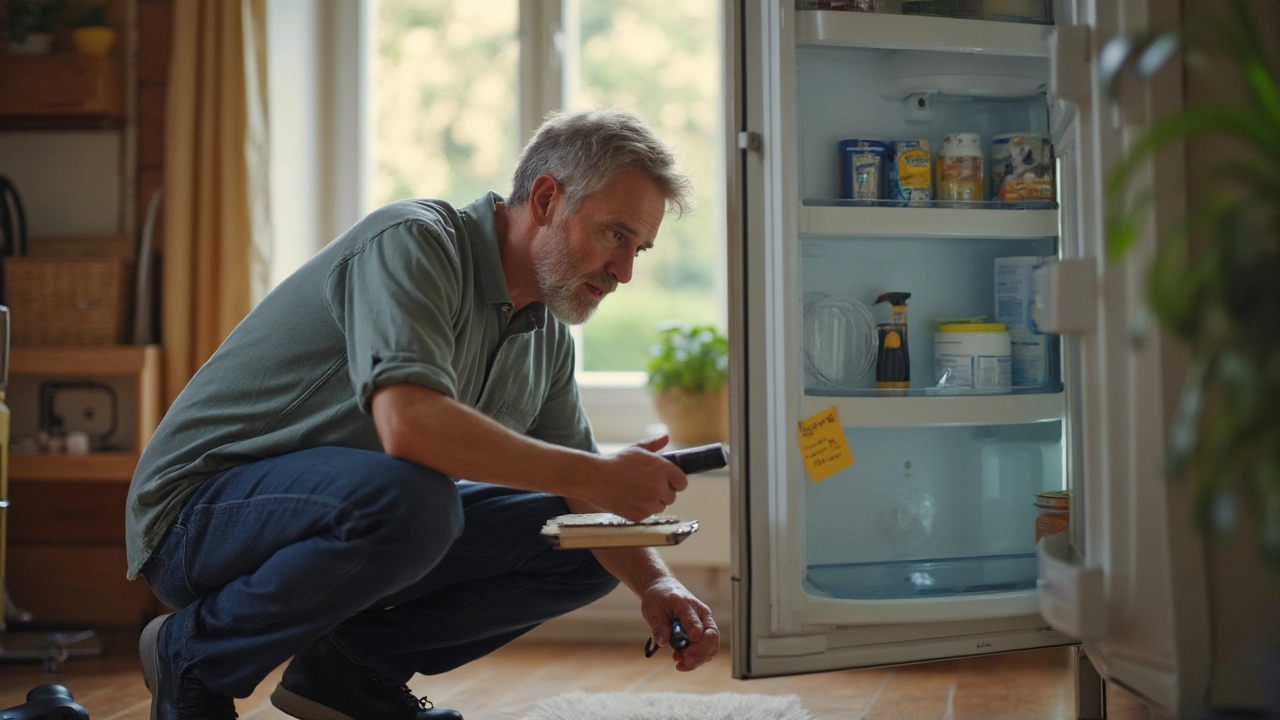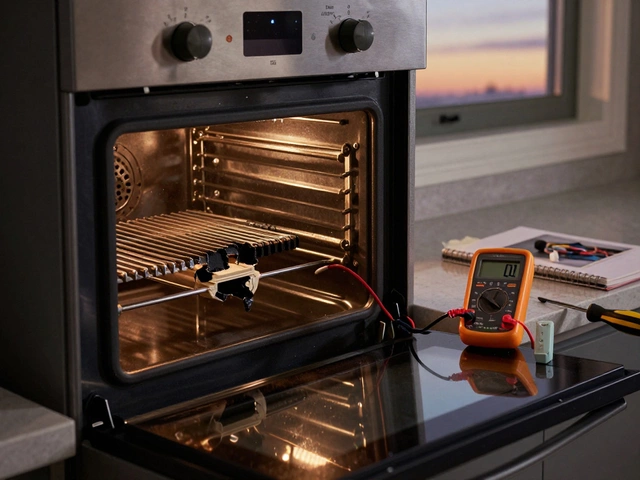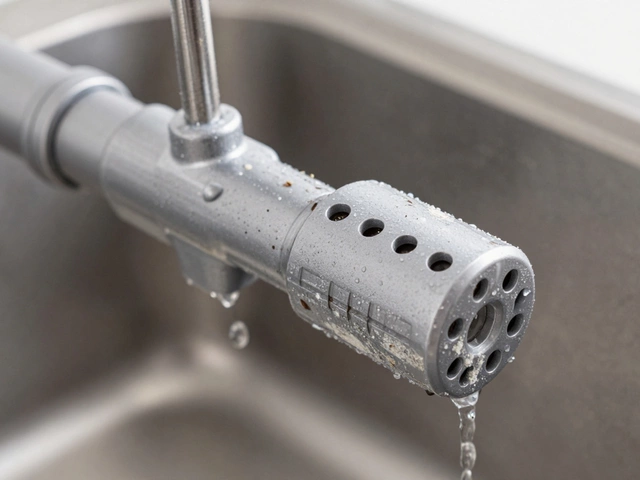DIY Refrigerator Fix: Easy Ways to Keep Your Fridge Running
DIY refrigerator fix, a practical, step‑by‑step method for diagnosing and repairing common fridge faults without calling a technician. Also known as fridge DIY repair, it lets homeowners save money and avoid the hassle of a service call. When you understand refrigerator repair, the process of fixing cooling, sealing or electrical problems in a fridge and freezer repair, the same skills applied to a freezer’s sealed compartment, the whole appliance becomes easier to manage.
What You’ll Learn
First, you’ll need a few basic tools: a screwdriver set, a multimeter, and a flashlight. These tools let you check power, test thermostats and reach hidden components safely. Next, we’ll look at the ice maker, the part of many fridges that forms ice cubes, often prone to clogs and sensor failures. A simple cleaning of the water line and a quick sensor test can restore full function in minutes. Finally, we’ll touch on appliance repair, the broader field of fixing household machines, which provides context for when a DIY approach is realistic. Knowing the limits of DIY helps you decide when to call a professional.
When you start a DIY refrigerator fix, the first semantic step is to identify the symptom: is the unit not cooling, is there excess frost, or does the ice maker stall? Each symptom points to a different subsystem. Cooling problems usually involve the compressor, condenser coils, or the thermostat. Frost buildup often means a defrost timer or heater is failing. An ice‑maker stall typically ties back to a clogged water inlet or a faulty ice‑maker motor. By matching the symptom to its subsystem, you create a logical troubleshooting path that saves time.
Cost is the next factor many homeowners weigh. A professional call can run from £80 to £150, plus parts. In contrast, the average DIY fix—replacing a door seal, cleaning coils, or swapping a thermostat—often costs under £30 in parts. The savings add up, especially if you spot multiple issues during one service. However, if the problem involves sealed‑system work like refrigerant leaks, the expense and legal restrictions make a professional the safer choice. Understanding these cost‑benefit ratios helps you decide where to draw the line.
Safety should never be an afterthought. Always unplug the fridge before opening panels, and wear gloves when handling sharp edges. If you encounter a refrigerant leak, seal it and call a certified technician; attempting to vent refrigerant yourself is both illegal and dangerous. Regular maintenance—cleaning coils every six months, checking door seals, and defrosting when ice builds up—extends the life of your fridge and reduces the need for major repairs.
Below you’ll find a curated set of guides that walk you through each of these steps in detail, from coil cleaning to ice‑maker diagnostics. Dive in to get the hands‑on tips you need to keep your fridge humming smoothly.
Wondering if you can fix your fridge yourself? This article covers how to figure out what's wrong with your fridge, what repairs you can safely do, and when it's smarter to call a pro. You'll find real-life tips, safety advice, and ways to save money on common issues. Learn how to avoid rookie mistakes and spot problems before they get worse. No guesswork—just handy, clear steps to get things working again.


